The Rise of Skin Cycling – How to Build a Rotating Skincare Routine for Maximum Results
In the fast-paced world of beauty and skincare, few trends have made an impact as profound and lasting as skin cycling. Popularized by dermatologists and embraced by skincare enthusiasts on platforms like TikTok and Instagram, skin cycling isn’t just another fleeting beauty fad. It’s a science-backed strategy to maximize results while minimizing irritation. For American consumers navigating a sea of products and conflicting advice, skin cycling offers clarity, simplicity, and effectiveness. This article dives deep into what skin cycling is, why it works, and how to build your own rotating skincare routine for radiant, healthy skin.
1. What Is Skin Cycling?
Skin cycling is a structured skincare routine that rotates active ingredients over a multi-day cycle, allowing your skin time to recover and repair between treatments. This practice reduces the risk of over-exfoliation and irritation while promoting healthier skin over time.
The most common skin cycling method follows a 4-night routine:
- Night 1: Exfoliation
- Night 2: Retinoid
- Nights 3 & 4: Recovery (hydration and barrier repair)
By repeating this cycle weekly, you strategically use potent ingredients without overwhelming your skin.
2. The Science Behind Skin Cycling
Dermatologists have long known that while ingredients like retinoids and exfoliating acids are powerful, they can also be harsh. Overuse leads to inflammation, dryness, and sensitivity.
Skin cycling leverages the concept of “periodization,” commonly used in athletic training. Just as muscles need rest between intense workouts, skin benefits from time to recover after potent treatments. This balance leads to:
- Improved skin texture
- Reduced breakouts
- Enhanced glow
- Stronger skin barrier
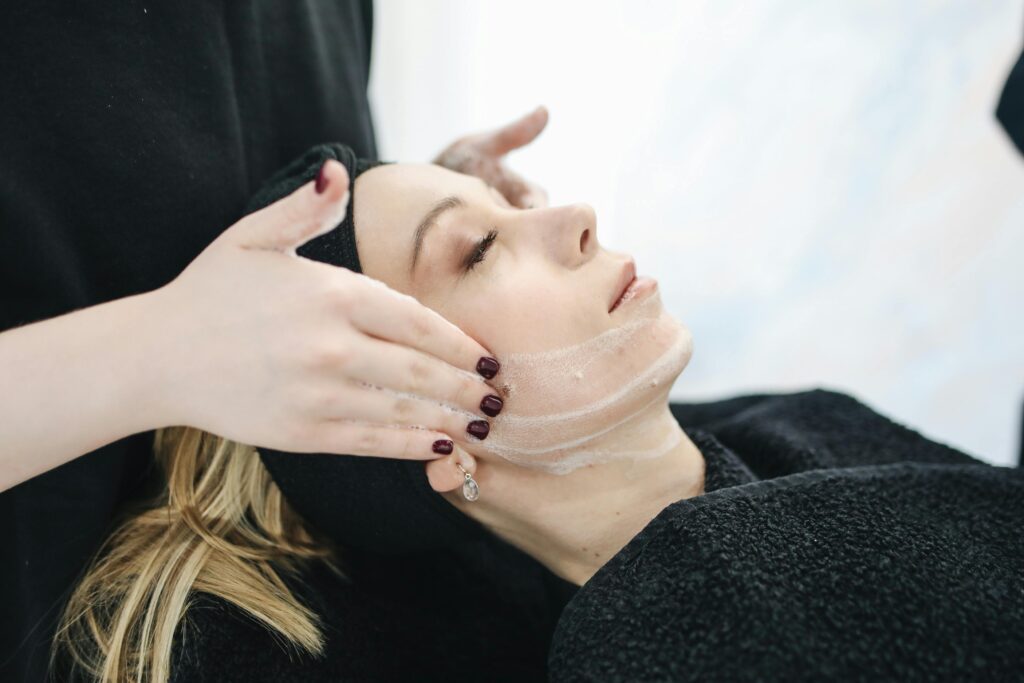
3. Who Should Try Skin Cycling?
Skin cycling is ideal for:
- Beginners looking for a simplified skincare approach
- Individuals with sensitive or reactive skin
- Those who experience irritation from daily retinol or acid use
- Anyone overwhelmed by multi-step routines
It’s especially effective for people struggling with:
- Acne
- Dullness
- Fine lines
- Uneven texture
4. How to Build Your Skin Cycling Routine
Let’s break down each night and explore the products, techniques, and tips for building a personalized cycle.
Night 1: Exfoliation Night
Purpose: Remove dead skin cells, unclog pores, and prep skin to absorb future products.
What to Use:
- AHAs (like glycolic acid or lactic acid)
- BHAs (like salicylic acid)
- Enzyme exfoliants (papaya or pineapple enzymes)
Tips:
- Use only one exfoliating product.
- Avoid combining acids with retinoids.
- Follow with a gentle moisturizer.
Night 2: Retinoid Night
Purpose: Stimulate cell turnover, reduce fine lines, improve texture.
What to Use:
- Retinol
- Tretinoin (prescription)
- Bakuchiol (natural alternative for sensitive skin)
Tips:
- Start with a pea-sized amount.
- Buffer with moisturizer if needed.
- Avoid mixing with acids or vitamin C.
Nights 3 & 4: Recovery Nights
Purpose: Soothe, hydrate, and repair skin barrier.
What to Use:
- Hydrating serums (hyaluronic acid, glycerin)
- Ceramide-rich moisturizers
- Soothing ingredients (aloe vera, panthenol, centella asiatica)
Tips:
- Focus on layering hydration.
- Use a facial oil if skin feels extra dry.
5. Morning Skincare During the Cycle
Morning routines remain consistent throughout the cycle:
- Gentle cleanser
- Antioxidant serum (like vitamin C)
- Lightweight moisturizer
- Broad-spectrum sunscreen (SPF 30+)
This daytime protection complements your nighttime cycling by shielding skin from UV damage and pollution.
6. Customizing the Cycle for Your Skin Type
Oily/Acne-Prone Skin:
- Use salicylic acid on exfoliation nights.
- Opt for oil-free, non-comedogenic moisturizers.
Dry/Sensitive Skin:
- Use gentler acids (like mandelic or lactic acid).
- Consider bakuchiol instead of retinol.
- Extend recovery to 3 nights if needed.
Mature Skin:
- Include peptides or growth factors on recovery nights.
- Use richer moisturizers and facial oils.
7. Advanced Skin Cycling Techniques
As your skin builds tolerance, you can tweak your routine:
- Add an antioxidant night (vitamin C or niacinamide)
- Increase exfoliation to twice a week
- Introduce barrier-supporting actives (like urea or amino acids)
Pro Tip: Keep a skin diary to track how your skin reacts and what products yield the best results.
8. Common Mistakes and How to Avoid Them
- Using too many actives at once: Stick to one focus per night.
- Skipping sunscreen: Sun protection is critical when using acids and retinoids.
- Not adjusting for seasonal changes: Skin needs more hydration in winter and lighter products in summer.
- Being inconsistent: Stick to the schedule for best results.
9. How Long Until You See Results?
Patience is key. Most users report:
- Brighter skin within 2-4 weeks
- Smoother texture in 6-8 weeks
- Fewer breakouts and fine lines in 12+ weeks
Skin cycling is a marathon, not a sprint. The payoff is sustainable, long-term skin health.
10. Real Stories: Testimonials from Skin Cycling Enthusiasts
“I used to have flaky, irritated skin from daily retinol. With skin cycling, my skin is smoother and glowing!” – Emily, 33
“This is the first routine that made sense to me. My acne has cleared up, and my skin feels balanced.” – Rachel, 24
“I’m in my 40s and my skin hasn’t looked this good in years. Skin cycling changed the game for me.” – Amanda, 45
Also read: Reflexology and Its Effects on Health and Beauty
Conclusion
Skin cycling is more than a trend—it’s a revolution in skincare. By aligning your routine with your skin’s natural rhythm, you reduce irritation, boost results, and simplify your regimen. Whether you’re a skincare novice or a seasoned beauty lover, this rotating strategy can help you achieve glowing, resilient skin without the guesswork.
Start your cycle today, and let your skin breathe, repair, and flourish.
Want More? Stay tuned for our next article on advanced layering techniques and morning-to-night skin routines tailored by skin type!
Holistic Skincare
Holistic Skincare – Blending Traditional Remedies with Modern Science In the ever-evolving world of beauty,…
A Conexão Capilar Hormonal
The Hormonal Hair Connection – How Cycles, Stress, and Nutrition Affect Growth Hair is often…
Biotech Beauty – How Lab-Grown Ingredients Are Transforming Skincare
The Rise of Biotech in the Beauty World In recent years, the beauty industry has…
Natural Fragrance Oils vs. Synthetic Perfumes
Natural Fragrance Oils vs. Synthetic Perfumes – What’s Better for Your Skin? Perfume is often…
Herbal Face Steaming Rituals from Around the World
Herbal Face Steaming Rituals from Around the World – Detox, Relax, Glow In today’s fast-paced,…
The Crystal Skincare Trend – Beauty Tools Charged with Energy
In the ever-evolving world of beauty and wellness, a fascinating trend is capturing the attention…
Forest Beauty
Forest Beauty – How Nature-Based Rituals Like Shinrin-Yoku Enhance Skin and Mood In an age…
DIY Rice Water and Fermented Rinses
DIY Rice Water and Fermented Rinses – Do They Really Work for Hair Strengthening? In…
Caffeine for Hair Growth
Caffeine for Hair Growth – What the Science Says and How to Use It In…
Hair Loss After COVID
Hair Loss After COVID – Understanding Telogen Effluvium and How to Treat It Hair loss…
The Rise of Ayurvedic Hair Care in the U.S.
The Rise of Ayurvedic Hair Care in the U.S. – Herbs and Rituals for Stronger…
Scalp Health Is the New Skincare
Scalp Health Is the New Skincare – Treatments That Start at the Root In the…
The Retinol Revolution
The Retinol Revolution – Gentle Alternatives for Sensitive Skin Without Sacrificing Results Retinol has long…
The Power of Probiotic Skincare
The Power of Probiotic Skincare – Balancing the Skin Microbiome Naturally The term “microbiome” has…
Blue Light and Your Skin
Blue Light and Your Skin – The Hidden Damage of Screen Exposure and How to…
Slugging 2.0
Slugging 2.0 – Advanced K-Beauty Hydration Technique That’s Taking Over TikTok Beyond Basic Slugging In…
The Rise of Skin Cycling
The Rise of Skin Cycling – How to Build a Rotating Skincare Routine for Maximum…
Reflexology and Its Effects on Health and Beauty
Healing Through the Feet – Reflexology and Its Effects on Health and Beauty In today’s…
Natural Remedies for Skin Spots
Natural Remedies for Skin Spots – Little-Known Alternatives That Really Work Skin spots, also known…
Therapeutic Tattoos
Therapeutic Tattoos – How Tattoos Can Help Boost Self-Esteem for People with Scars Scars tell…
Functional Nutrition for Skin and Hair
Functional Nutrition for Skin and Hair – How Specific Vitamins and Minerals Impact Beauty Your…
Natural Hair Smoothing
Natural Hair Smoothing – Chemical-Free Alternatives for Sleek, Straight Hair For those seeking sleek, straight…
Skin Flooding
Skin Flooding – The New Intensive Hydration Technique for Radiant Skin The skincare world is…
Sunbathing and Collagen Production
Sunbathing and Collagen Production – How to Balance Sun Exposure Without Damaging Your Skin Sunlight…
Teas and Infusions for Glowing Skin
Teas and Infusions for Glowing Skin – Natural Recipes for Radiant Beauty The secret to…
How Sleep Quality Affects Beauty
How Sleep Quality Affects Beauty – Techniques to Improve Sleep and Skin We often hear…
Borage Oil for PMS and Skin
Borage Oil for PMS and Skin – How This Supplement Can Help Borage oil is…
Aromatherapy for Stress and Beauty
Aromatherapy for Stress and Beauty – Essential Oils That Balance Mind and Body Aromatherapy has…
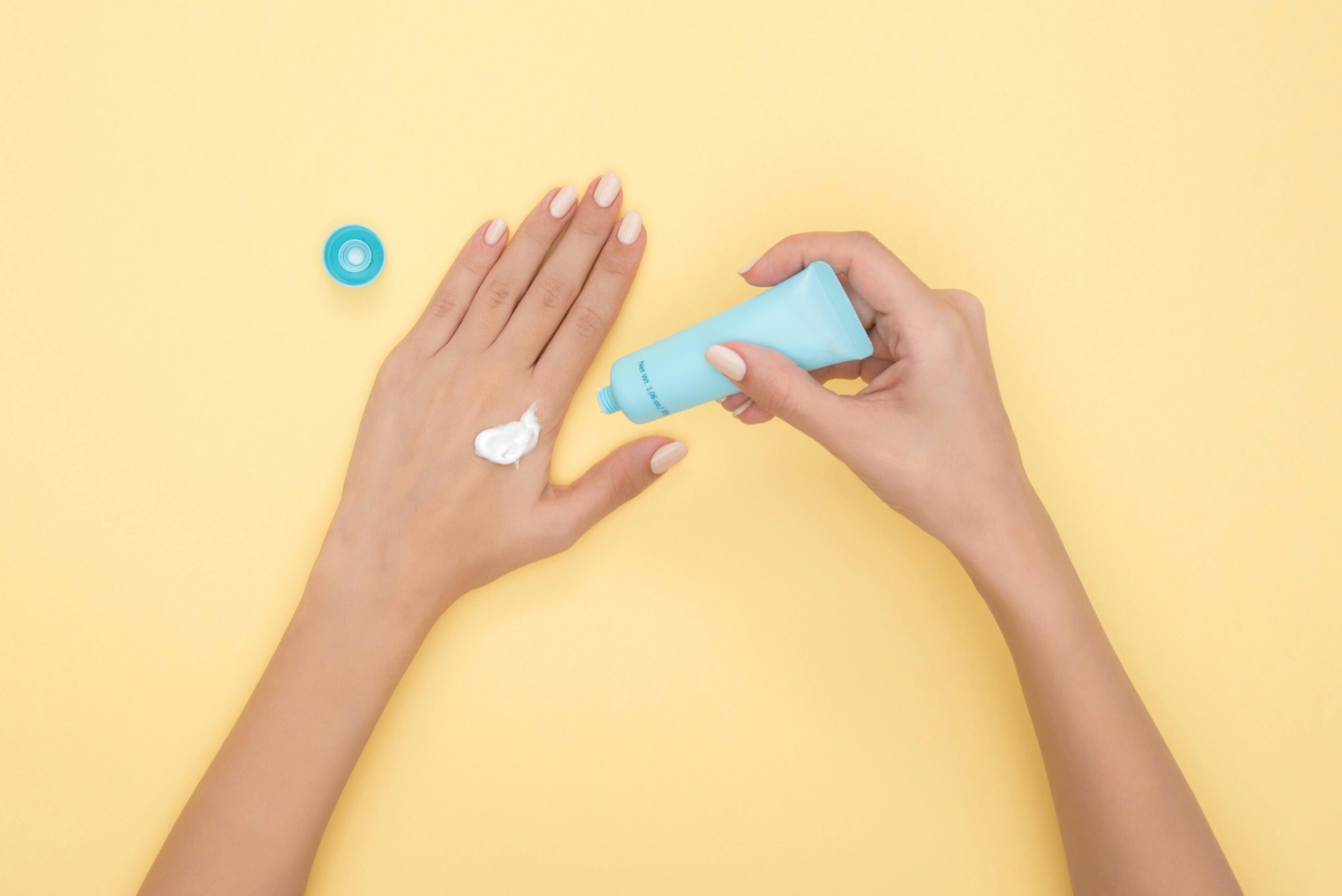


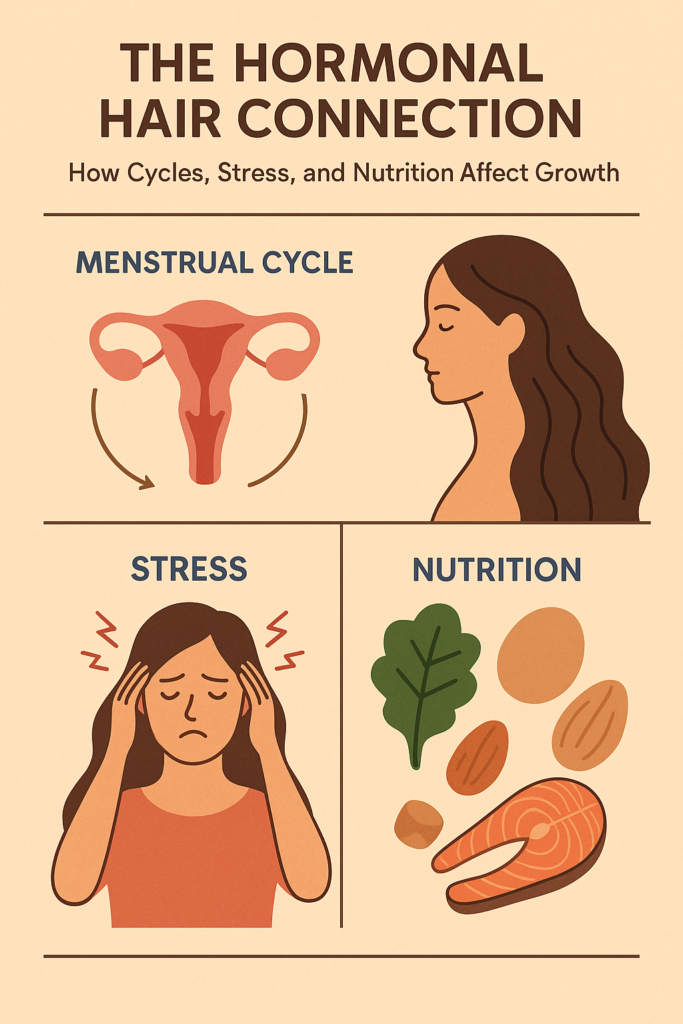

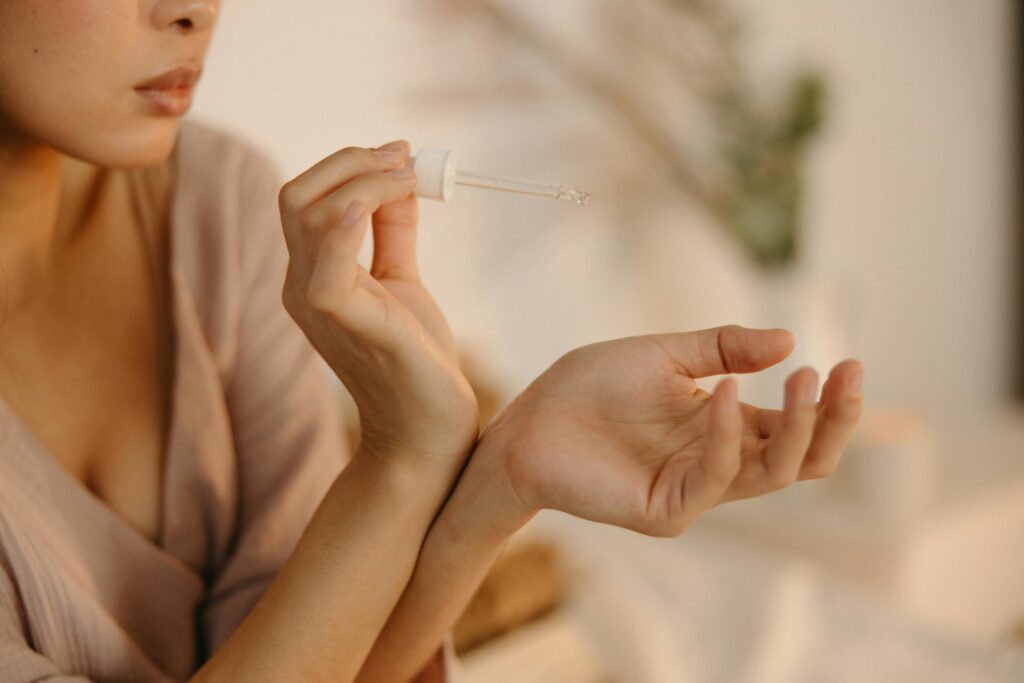
























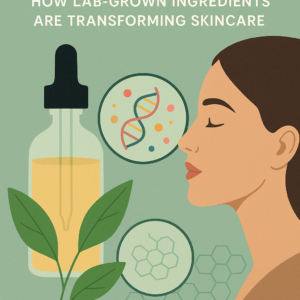



One thought on “The Rise of Skin Cycling”